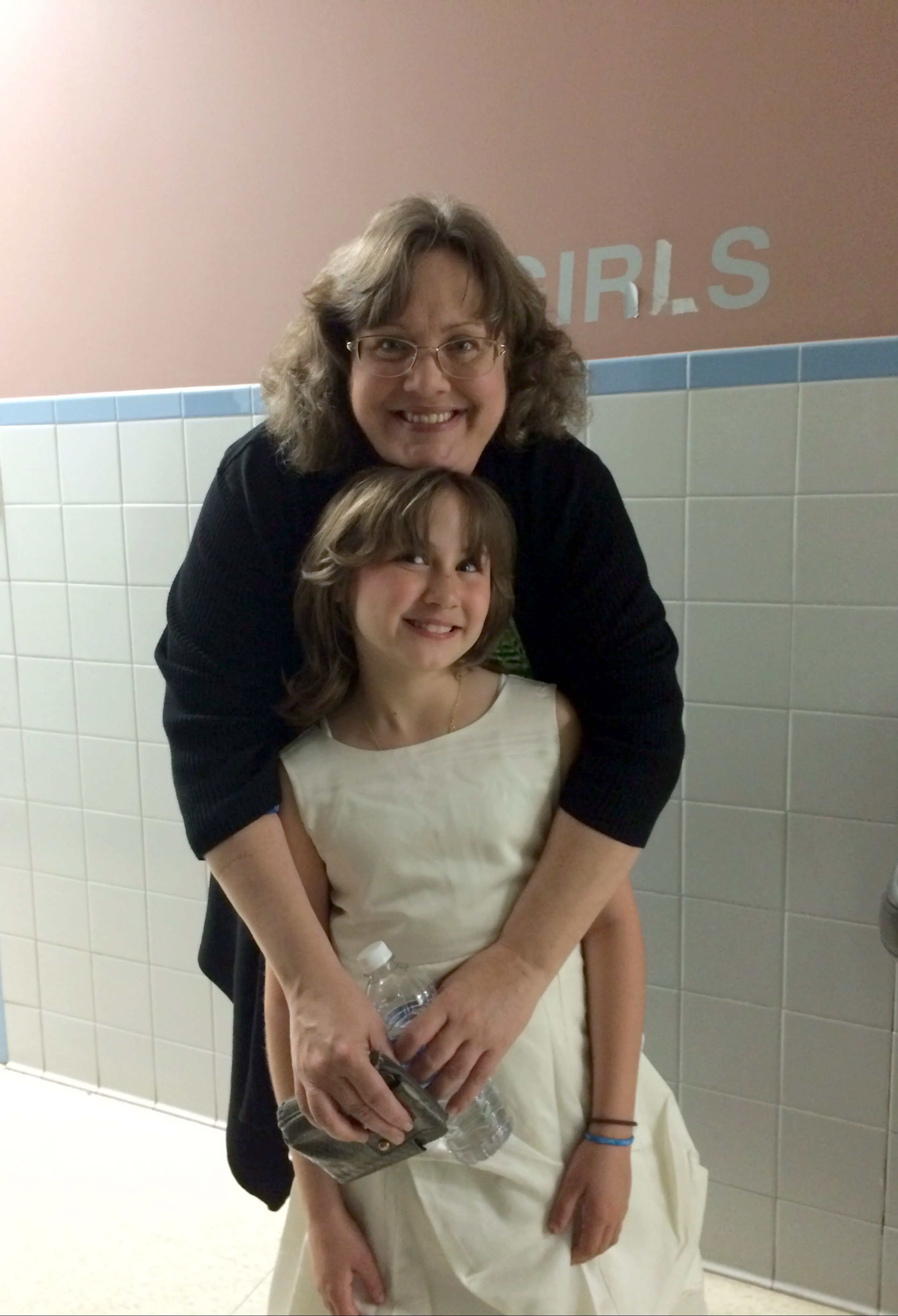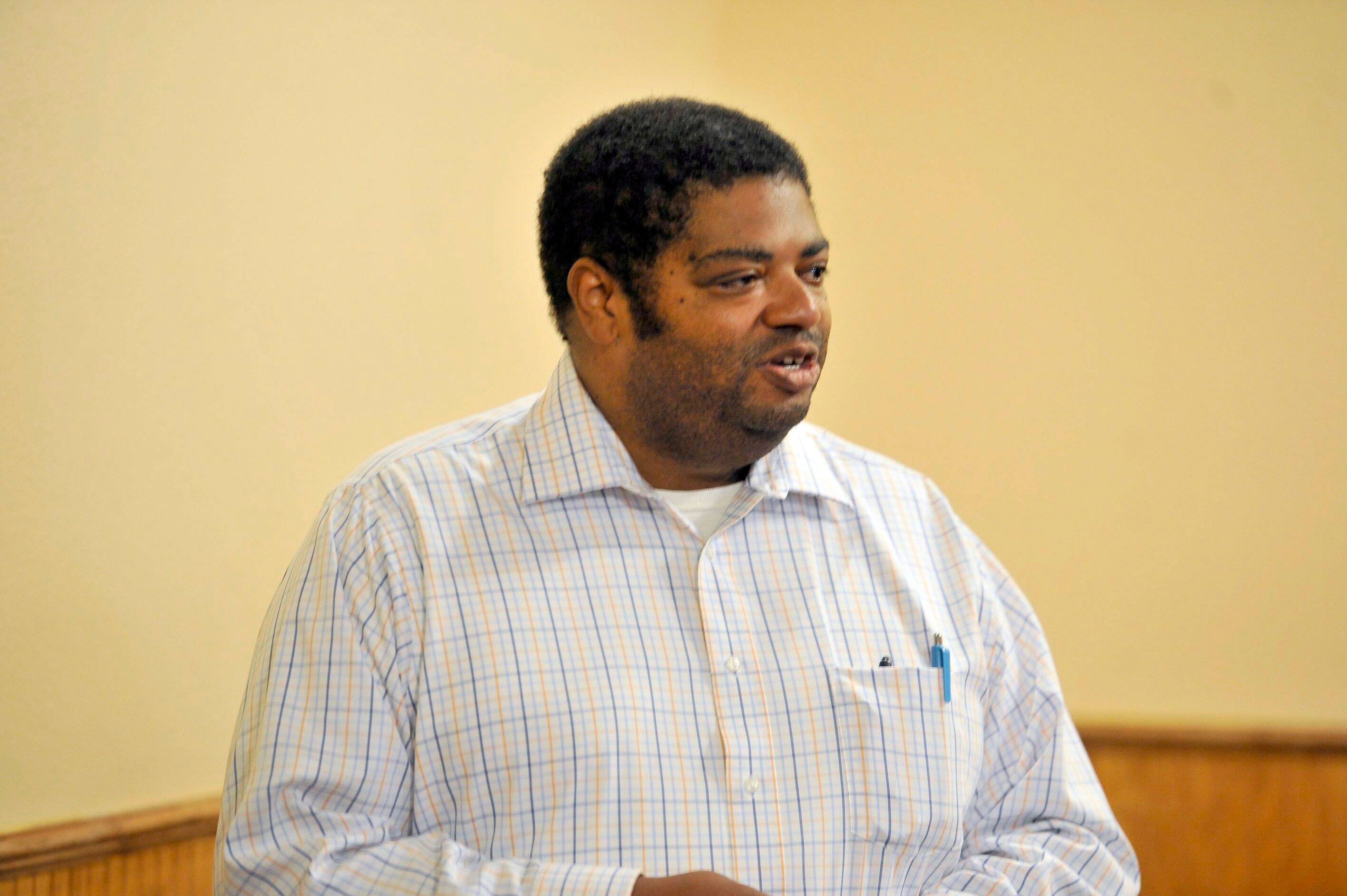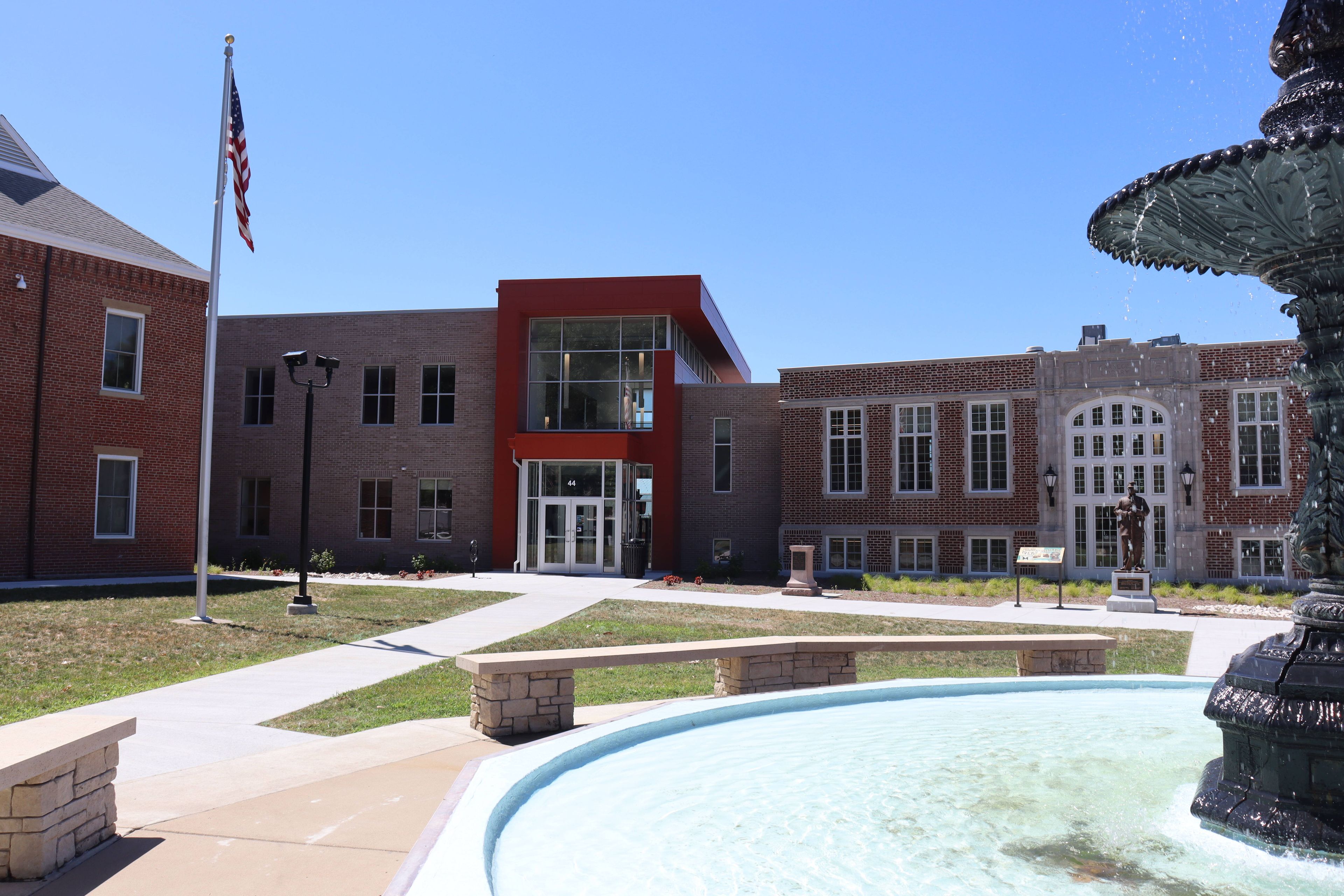Central High School reaches 100 years
It's a small ring, fit for a young woman on the brink of her adult life. It's duller now, time taking some of its shine. A century will do that. To some, it's just a class ring. To Barbara Gorski, it's a treasure. The ring belonged to her mother, Ethel Marie Masterson -- a member of the first graduating class of Cape Girardeau High School. ...
It's a small ring, fit for a young woman on the brink of her adult life. It's duller now, time taking some of its shine.
A century will do that.
To some, it's just a class ring. To Barbara Gorski, it's a treasure.
The ring belonged to her mother, Ethel Marie Masterson -- a member of the first graduating class of Cape Girardeau High School. Just four students earned their diplomas during that first commencement on Wednesday, May 22, 1912, at the Presbyterian Church: Masterson, Mamie Pickens, Gladys Welborn and Cecil Lorenz, the only boy in the class and also class president.
Masterson was a member of the girls basketball team, a six-member squad she cherished, according to her son, Jack Litzelfelner. He has a black-and-white photo of the 1911 team.
"She said the highlight of the basketball team is when they took a train to Kennett. They thought they were going so far away," said Litzelfelner, 82, of Jackson.

Gorski, at 73, was the baby in a family of 12 -- a family her parents began working on not too many years after Ethel Masterson graduated from what was then known as Old Lorimier School.
Gorski said her mother gave her that class ring, a priceless possession for Gorski.
"I wear it all the time," the Jackson woman said. "To have someone give you something that is so very important to them, that was very important to me."
The graduation date originally was stamped onto the ring, 19 on one side, 12 on the other. The date is gone. What remains are the initials: CGHS.
That class ring is symbolic of the high school that graduated those first four students. Nearly a century and thousands of graduates later, the graduates are gone but Cape Girardeau Central High School remains a critical part of its community's fabric, say the people who love it.
'A very rocky start'
More than 100 years ago, on May 24, 1911, the Southeast Missourian published a big story about the close of the term of public schools in Cape Girardeau, a year that marked "great improvements."
"[T]he high school department has been changed from a two-year course to the full high school course of four years."
Public education in the years leading up to the formation of the high school wasn't eagerly endorsed by many of Cape Girardeau's city fathers, according to Julia Jorgensen, librarian at Cape Girardeau Central High School. Jorgensen spent 13 months researching and writing "Cape Central Centennial 1912-2012: 100 Years of Teaching, Learning Caring," slated for release in October.
"Many of the more affluent people in Cape Girardeau felt it was not their responsibility to provide schooling for children who they believe ran wild in the streets," she said. "Public education got off to a very rocky start in Cape Girardeau."
Once public education proved its worth by the early part of the 20th century, Jorgensen said, the full community got behind the school system.
In 1913, district voters approved a $125,000 bond issue to remodel its schools and build a high school on land donated in 1810 by Louis Lorimier, according to a historical timeline on the high school's website. Two years later, the year the district held a cornerstone ceremony at the Pacific Street school, enrollment had grown to 144, with 17 graduates.
In 1920, the school changed its name to Central High School, and a year later tigers became the mascot by a vote of the student body.
In 1954, Cape Girardeau Central High School opened on Caruthers Avenue, built to meet the needs of expanding enrollment topping 750 students. A half-century later, in 2003, the high school on South Silver Springs Road opened, housing more than 1,300 students by the end of the decade.
Over the past century, Cape Girardeau's public high school has survived the Great Depression, a dozen recessions, the advent of radio, television and the Internet, two world wars and several conflicts. Its halls are hallowed; 67 former Cape Girardeau Central High School students gave their lives in the line of duty in World War I, World War II, Korea and Vietnam, according to the district. The opening pages of the 1946 Girardot, the school's yearbook, too, dating back a century, listed the names of the 50 men and women killed in the war. More than 1,500 served.
The school has survived segregation and racism. Cobb School for years served as the separate high school for the city's black students. The school burned in 1953, and its students eventually moved into Central High School in 1955, about the same time the landmark Brown vs. Board of Education decision outlawed segregation in public schools.
"We didn't have a big integration turmoil," Jorgensen said. "We lacked much of the controversy many of our sister schools had. Over the years we didn't have lot of controversy."
The school has celebrated state champions and has served as a cultural center of student creativity, its musicians, actors and writers playing host and performing as ambassadors in nationally recognized events.
Those are some of the more defining moments to Mike Cowan, the high school's principal for more than a decade. Twice in his tenure, Central High School has hosted the Missouri State Student Council Convention.
"That well represents the role that I think Cape Central has played and will continue to play, not only in our local community and in our region but in our state as a whole," Cowan said. "That casts us in the limelight of being a leadership school."
Central pride
Jorgensen, a self-described zealot for Central High School, is among three generations of Central High graduates. Her mother and father graduated from the high school in the 1940s. She's a graduate of the class of 1969, her son is a 1996 alumnus, and her daughter, also a librarian, graduated in 2000.
What ties those generations together, more than anything, Jorgensen said, is the strength of the academic experience and the pride -- from inside the school walls to the community.
Stacy Kinder didn't attend Central High School, but her husband did, and her children will. Kinder, president of the Cape Girardeau School Board, said the connecting strand is the school's teachers.
"My friends who went there, there are certain names of teachers that come up, the ones who generated funny stories or had challenging classes," she said. "They talk about the educators who have been there."
And there have been some legends. Perhaps none looming larger than legendary coach Lou Muegge. He was gruff and checked unacceptable behavior with a paddle.
But Jorgensen's father, who served in World War II, used to say it was because of teachers like Lou Muegge that so many Central boys were able to walk Italy as men.
Yesterday, tomorrow
Central High School will mark its 100th year with a host of celebrations, beginning with the launch of the centennial website Aug. 1. The Tiger football team begins its 2011 campaign Sept. 2 at a new events stadium, and construction will begin on 22 new classrooms and a state-of-the art auditorium. All of that is thanks to the support of district voters, who approved a $40 million bond issue for school renovations in April 2010.
"There's never been a better time to be a Cape Central Tiger than there's going to be starting with this fall," Cowan said. "It's like the divine hand of almighty God at work in our community, bringing it all together."
Gorski is proud to be connected to the legacy as the daughter of one of the school's first graduates. She just knows that her mother, like her class ring, is tied to Central High School.
"She was a good person, kind and loving to all of her children and grandchildren," Gorski said. "All of that and then some had to come from Central High School."
mkittle@semissourian.com
388-3627
Pertinent address:
1000 South Silver Springs Road, Cape Girardeau, MO
Connect with the Southeast Missourian Newsroom:
For corrections to this story or other insights for the editor, click here. To submit a letter to the editor, click here. To learn about the Southeast Missourian’s AI Policy, click here.









